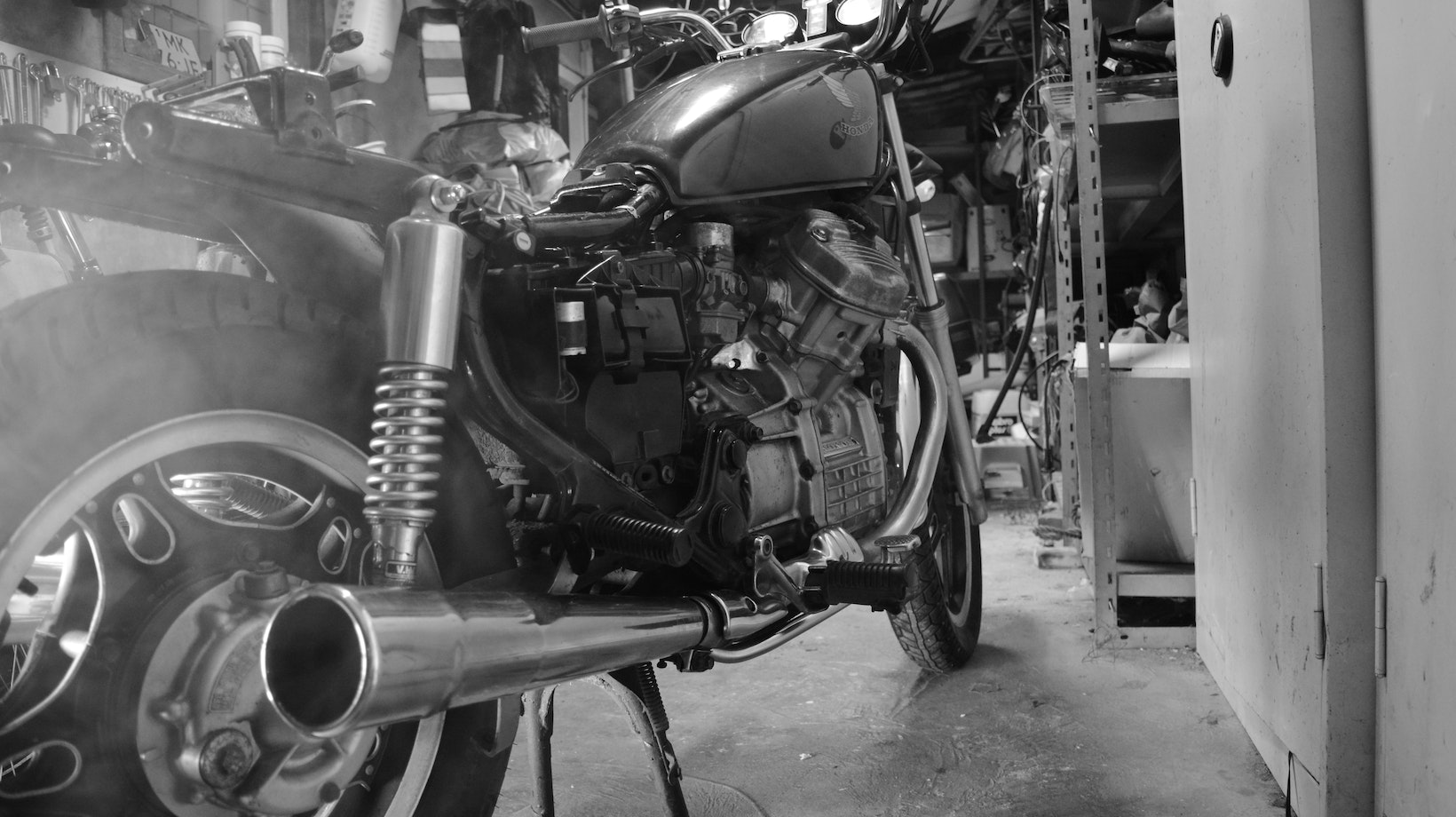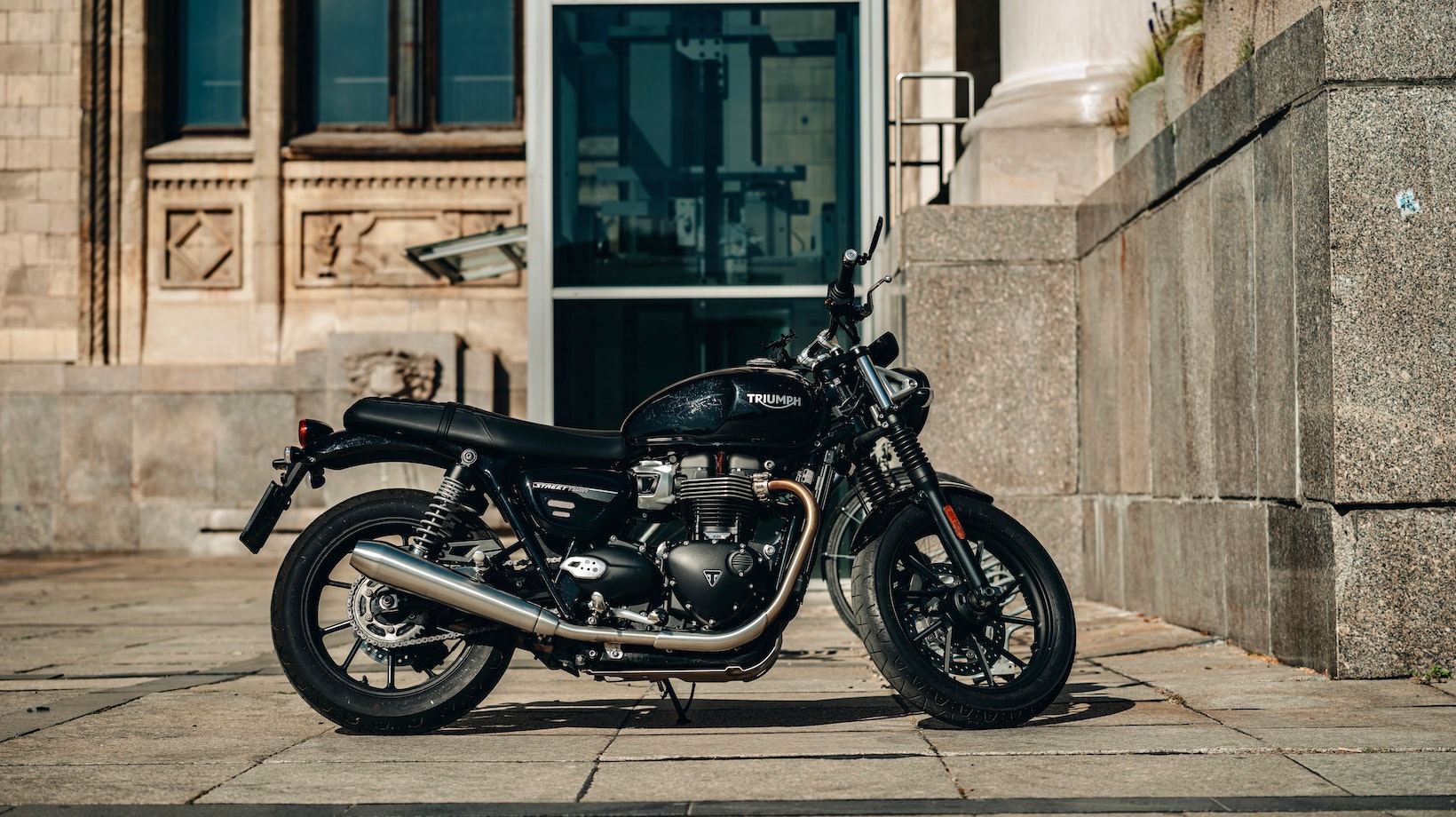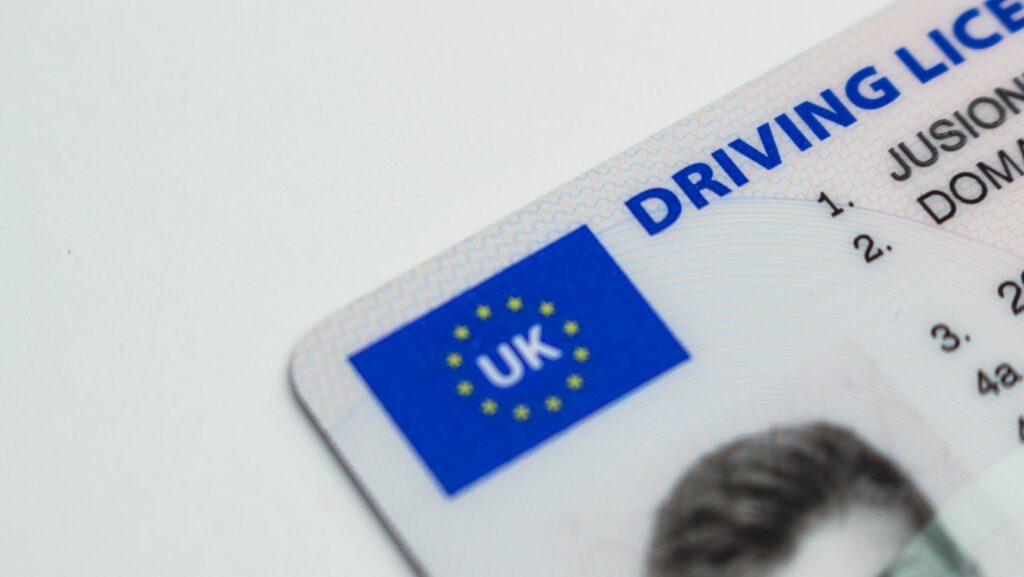Honda Motorcycle Ignition Switch Wiring Diagram
As an expert blogger with years of experience, I’ve come across numerous topics related to motorcycles. One topic that often comes up is the Honda motorcycle ignition switch wiring diagram. Understanding the wiring diagram is crucial for motorcycle owners and enthusiasts, as it allows them to troubleshoot electrical issues and make necessary repairs. In this article, I’ll provide a concise and informative guide to help you navigate the intricacies of the Honda motorcycle ignition switch wiring diagram.
When it comes to motorcycles, the ignition switch plays a vital role in starting the engine and controlling various electrical components. The Honda motorcycle ignition switch wiring diagram serves as a roadmap, outlining the connections between different wires and terminals. By deciphering this diagram, riders can identify the correct wires and troubleshoot any issues that may arise. In this article, I’ll break down the wiring diagram step by step, making it easier for you to understand and work with your Honda motorcycle’s ignition switch.
Understanding Honda Motorcycle Ignition System
Components of Honda Motorcycle Ignition System
The ignition system in a Honda motorcycle is composed of several key components that work together to ensure the engine starts and runs smoothly. Understanding these components is essential for troubleshooting electrical issues and making necessary repairs. The main components of the ignition system include:
- Ignition Switch: This is the key-operated switch that allows the rider to turn the motorcycle’s electrical system on and off. It is typically located on the right side of the handlebars and is used to activate the starter motor and power the ignition system.
- Ignition Coil: The ignition coil is responsible for converting the low voltage from the battery into a high voltage that is needed to create a spark at the spark plugs. It consists of primary and secondary windings and is connected to the spark plug wires.
- Spark Plugs: Spark plugs are essential for igniting the air-fuel mixture in the combustion chamber. The ignition coil generates a high voltage that is delivered to the spark plugs through the spark plug wires. The spark plugs then create a spark that ignites the mixture, starting the combustion process.
- CDI (Capacitor Discharge Ignition) Unit: The CDI unit is an electronic device that controls the timing of the spark and ensures it occurs at the right moment for optimal engine performance. It stores electrical energy and releases it to the ignition coil, creating a high-intensity spark.

How Does the Ignition Switch Work
The ignition switch plays a crucial role in the operation of the Honda motorcycle’s electrical system. When the key is inserted and turned to the “on” position, several important connections are made within the switch:
- Battery Connection: The ignition switch connects the motorcycle’s battery to the electrical system, allowing power to flow to all the components that require it.
- Starter Motor Activation: When the ignition switch is turned to the “start” position, it activates the starter motor, which cranks the engine to start the combustion process.
- Ignition Circuit Activation: Turning the ignition switch to the “on” position also activates the ignition circuit. This allows the ignition coil to receive power from the battery, which in turn generates the high voltage needed for the spark plugs to ignite the air-fuel mixture.
- Accessory Power: The ignition switch usually has an additional position labeled “accessory.” When the key is turned to this position, it allows power to flow to certain electrical accessories, such as lights or the horn, without activating the ignition or starter motor.
Understanding how the ignition switch works is essential for diagnosing and fixing electrical problems in your Honda motorcycle. By following the wiring diagram and knowing how the various components interact, you can effectively troubleshoot issues and ensure the smooth operation of your motorcycle’s ignition system.
Importance of a Wiring Diagram for the Ignition Switch
When it comes to troubleshooting electrical issues or making repairs on your Honda motorcycle, having a clear understanding of the wiring diagram for the ignition switch is essential. This diagram provides a detailed visual representation of the electrical connections and components involved in the ignition system, allowing you to easily identify and diagnose any problems that may arise.
Why is a wiring diagram important? Well, let me tell you. A wiring diagram acts as a roadmap that guides you through the intricate network of wires, switches, and electrical components in your motorcycle’s ignition system. It provides valuable information about the color-coding, wire routing, and connection points, helping you make accurate and efficient repairs.
By referring to the wiring diagram, you can easily locate and inspect specific wires, ensuring they are properly connected and functioning as they should. This can save you a great deal of time and frustration, especially when dealing with complex electrical systems.




